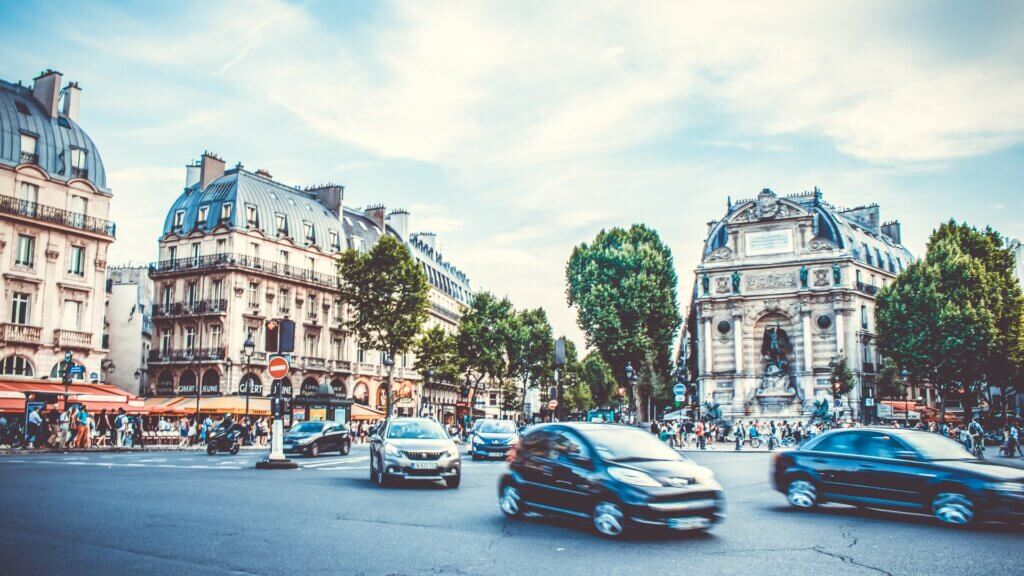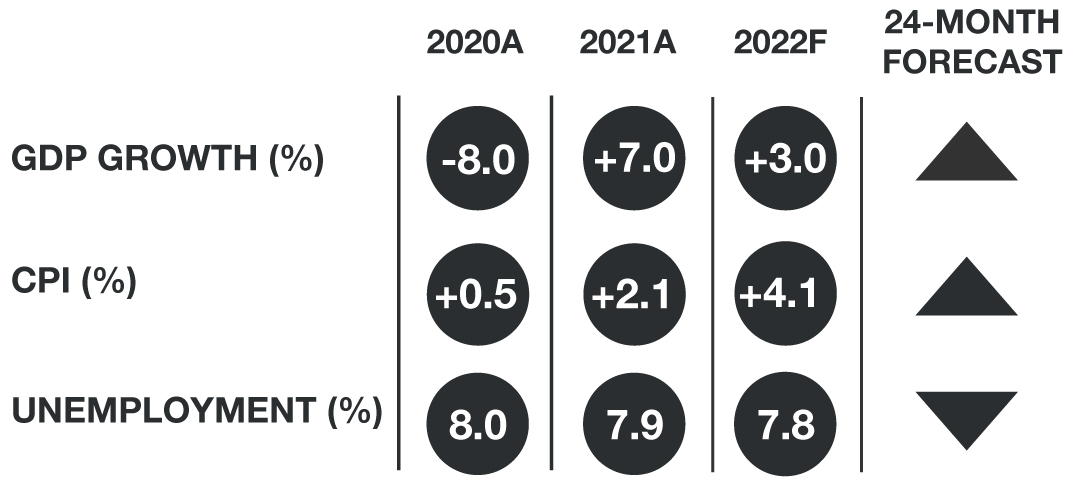
Tourism in Paris was heavily impacted by the COVID-19 pandemic and travel restrictions, at a time when the market was recovering from terrorist attacks (2015/16), the yellow-vest movement (2018/19) and transportation strikes (2019).
NB: This is an article from HVS
However, the strong government support combined with the city’s worldwide appeal have resulted in a dynamic rebound for the tourism sector. The easing of travel restrictions and successful vaccination rollout in France and across Europe have allowed a rise in tourist numbers from June 2021, resulting in a substantial market bounce in the second half of the year, in line with the country’s economic growth.
Subscribe to our weekly newsletter and stay up to date
Paris has remained one of the most desirable destinations for hotel investment for more than a decade thanks to strong economic and tourism fundamentals.
Sources: INSEE; Aéroports de Paris; HVS Research; CCI Paris Ile-de-France
Economic Indicators – France
Source: IMF
Tourism Demand
Overall visitation to Paris is robust and has remained broadly stable at between 15 million and 16.5 million until 2016, which marked the backlash of the 2015/16 terrorist attacks. From 2017 to 2019, demand strongly recovered, with 2019 being a record year in terms of tourist arrivals: challenges such as the yellow-vest movement, the heatwave in June and transportation strikes were counterbalanced by successful international events and strong growth in domestic arrivals.
As with the rest of the world, tourism demand dropped significantly from March 2020 following the outbreak of the COVID-19 pandemic. However, compared to other gateway markets, Paris experienced a strong rebound in demand from June 2021, supported by the well-balanced customer mix, the diversified demand sources and the broad seasonality of the market. A recovery initially driven by domestic and European leisure customers is being further supported by the slow but continued return of face-to-face events, which are expected to gain momentum from mid-2022.
Furthermore, the hosting of the Rugby World Cup in 2023 and of the Olympic Games in 2024 is expected to crystalise the recovery of international tourism to pre-pandemic levels.
Visitation and Accommodated Bednights (000s)
Sources: Paris Tourism Office; INSEE
Hotel Performance
- The overall Paris hotel market recorded a 4% compound annual growth rate in RevPAR between 2009 and 2019, mainly driven by an increase in average rates as the result of the increasing share of international guests and the move further upmarket of Paris’s hotel supply (discussed below);
- The steep decline in performance following the emergence of the COVID-19 pandemic remains more modest than for other European capitals. The recovery from the second half of 2021 demonstrates the market’s resilience, with RevPAR reaching around 50% of 2019 levels in 2021 compared to approximately 20% in Amsterdam or 30% in Brussels.
Key Metrics
Source: HVS Research
Hotel Supply
The Parisian hotel market has undergone a major shift upmarket over the last ten years, as the proportion of upscale and luxury hotels increased and that of non-classified and budget hotels remained flat or even decreased. As of early 2022, Paris had 1,585 hotels providing some 84,000 rooms. Among the high-profile openings in 2021 were the 149-room Kimpton St Honoré Paris (August), the 72-room Cheval Blanc Paris (September), the 82-room Madame Rêve (October), the 76-room Bulgari Paris (November), and the first Soho House in France, offering 36 rooms and opened in September.








